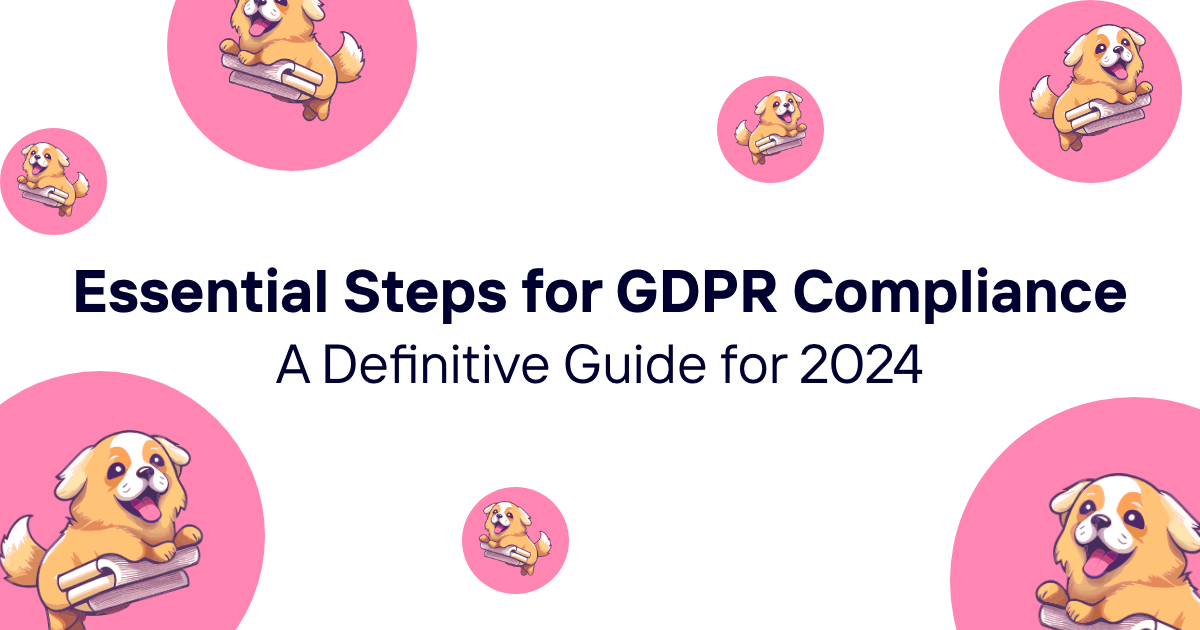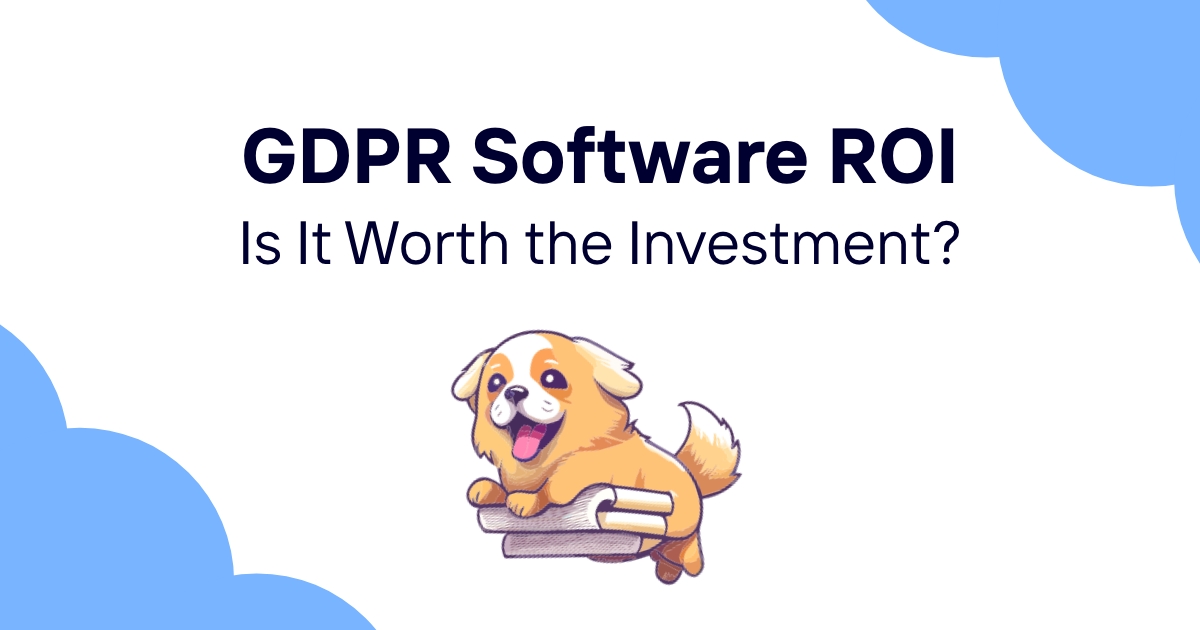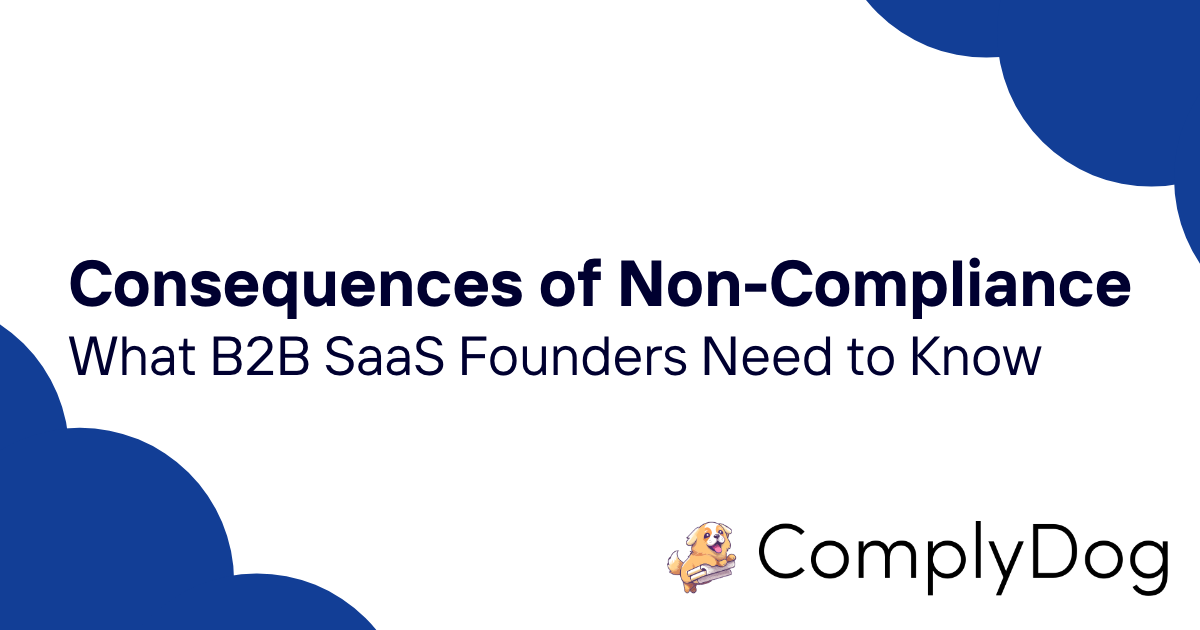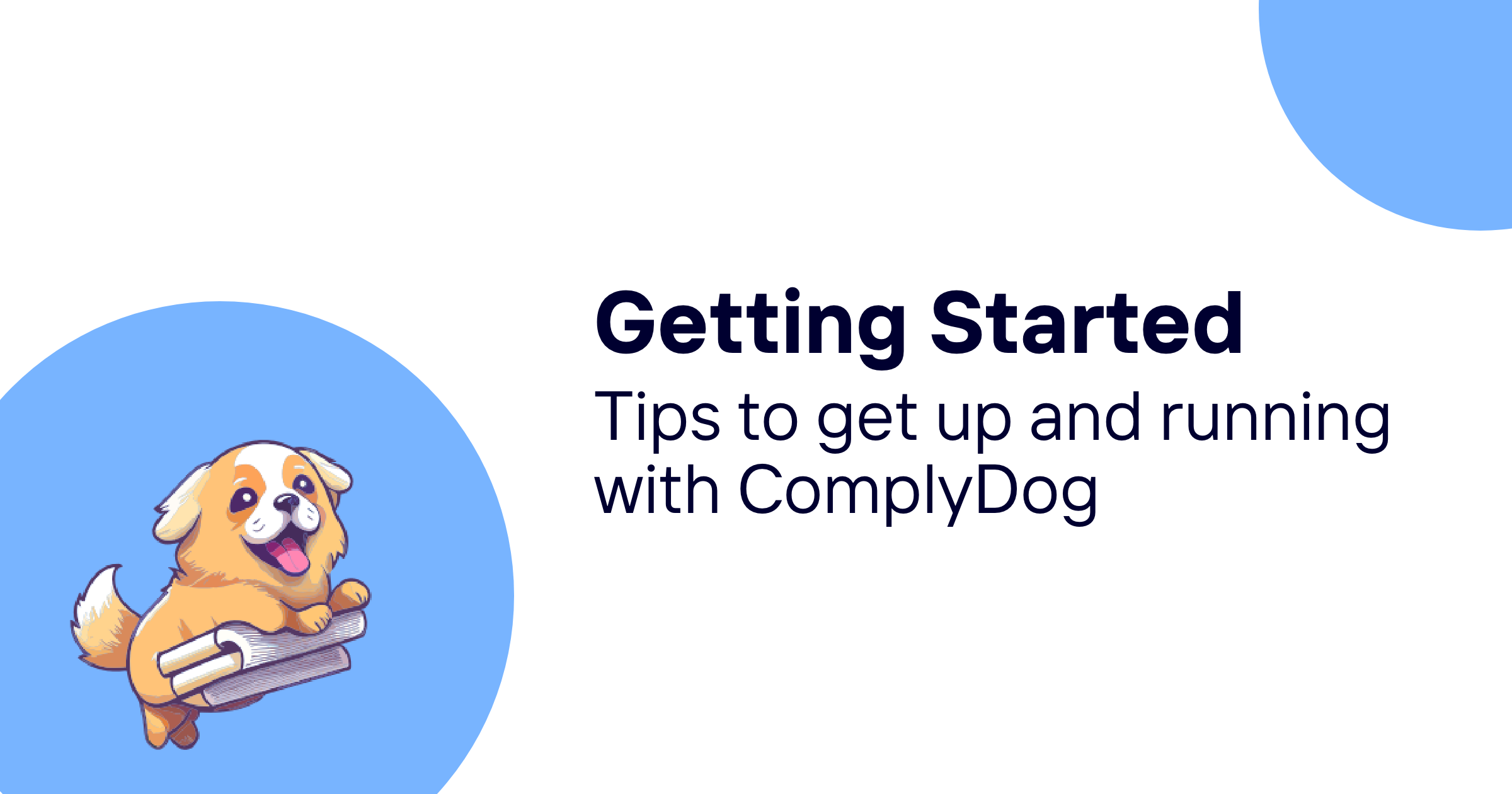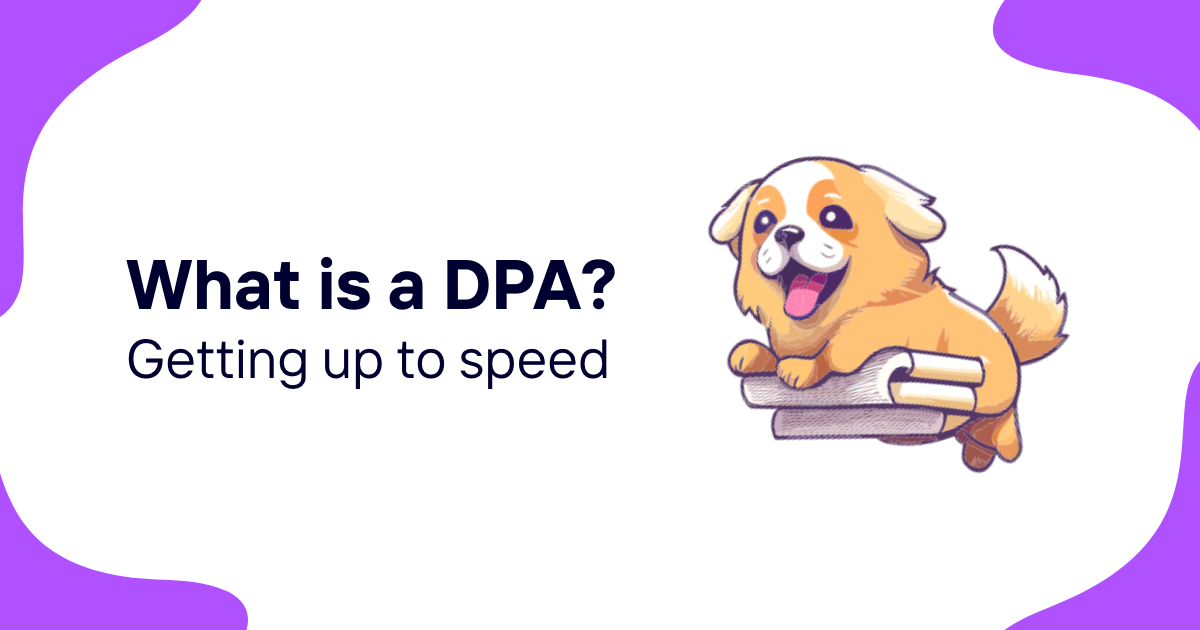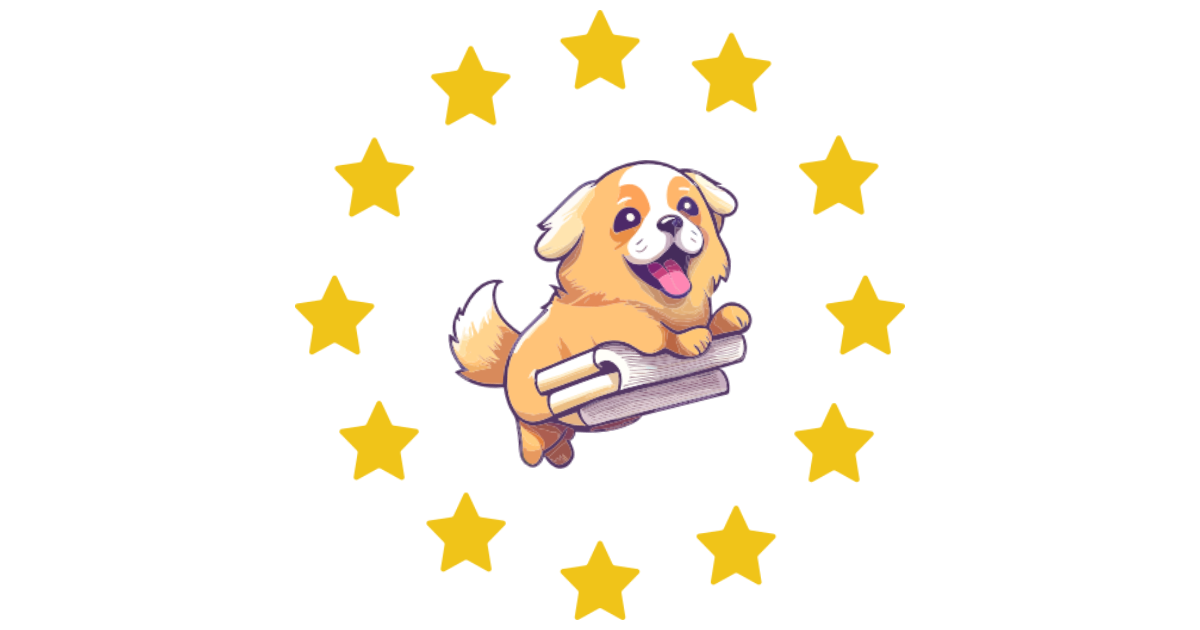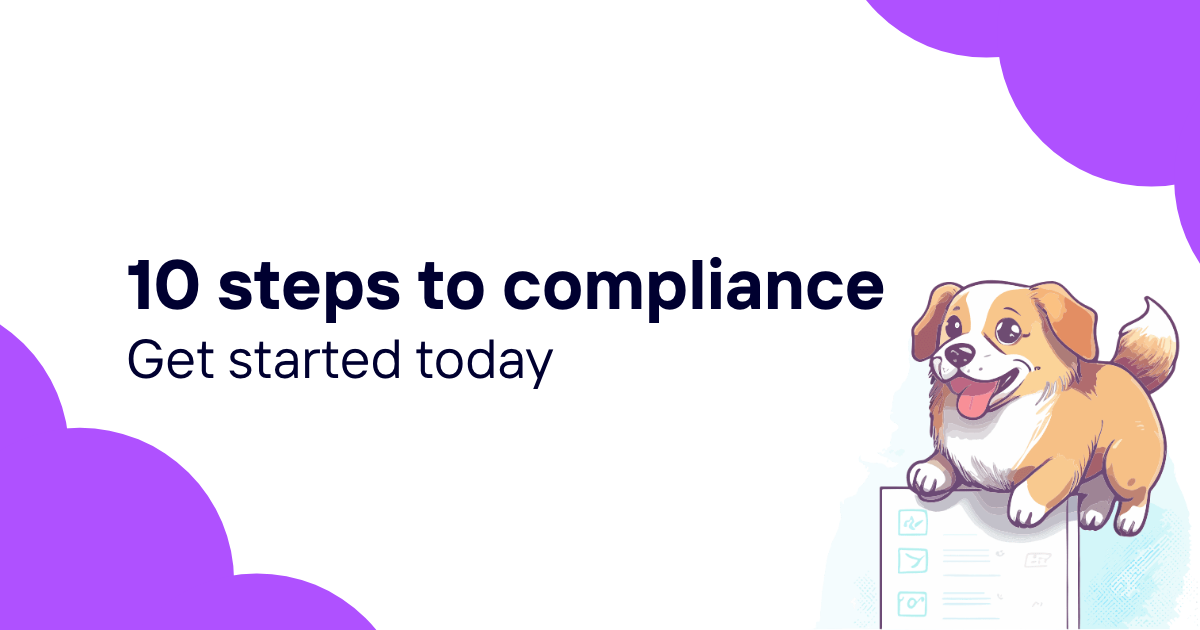The General Data Protection Regulation (GDPR) has become the gold standard for data privacy regulations worldwide. Although it originated in the European Union, its influence extends far beyond, setting the benchmark for how organizations should handle personal data. As we navigate the digital landscape of 2024, ensuring GDPR compliance is not just a legal obligation but a testament to an organization's commitment to data protection and customer trust.
Table of Contents
- Understanding the GDPR: Principles and Scope
- Key GDPR Terminology
-
10 Essential Steps for GDPR Compliance
- Step 1: Map Your Data Flows
- Step 2: Establish a Lawful Basis for Data Processing
- Step 3: Implement Data Protection by Design and Default
- Step 4: Conduct Data Protection Impact Assessments (DPIAs)
- Step 5: Appoint a Data Protection Officer (DPO)
- Step 6: Ensure Data Subject Rights
- Step 7: Maintain Comprehensive Documentation
- Step 8: Implement Robust Security Measures
- Step 9: Establish Data Breach Notification Procedures
- Step 10: Foster a Culture of GDPR Compliance
- Leveraging Technology for GDPR Compliance
- Conclusion
Understanding the GDPR: Principles and Scope
The GDPR is a comprehensive regulation that aims to harmonize data privacy laws across the European Union. It establishes a set of principles and guidelines that organizations must follow when collecting, processing, and storing personal data of EU residents. The primary objectives of the GDPR are:
- Protecting the fundamental rights and freedoms of individuals regarding their personal data.
- Ensuring the free flow of personal data within the EU.
- Establishing clear rules for organizations operating within the EU or handling data of EU residents.
The GDPR applies to any organization, regardless of its location, that processes personal data of EU residents. It covers a wide range of activities, from data collection and storage to data processing and transfer.
Key GDPR Terminology
To navigate the GDPR effectively, it's essential to understand the following key terms:
- Personal Data: Any information relating to an identified or identifiable natural person, such as names, contact details, online identifiers, or location data.
- Data Subject: The individual to whom the personal data relates.
- Data Controller: The entity that determines the purposes and means of processing personal data.
- Data Processor: The entity that processes personal data on behalf of the data controller.
- Data Protection Officer (DPO): The individual responsible for overseeing an organization's data protection strategy and GDPR compliance.
10 Essential Steps for GDPR Compliance
Achieving and maintaining GDPR compliance is an ongoing process that requires a systematic approach. Here are ten essential steps to help your organization navigate this journey:
Step 1: Map Your Data Flows
The first step towards GDPR compliance is to understand how personal data flows within your organization. Conduct a comprehensive data mapping exercise to identify the types of personal data you collect, the sources from which it is collected, the purposes for which it is used, and the parties with whom it is shared.
Step 2: Establish a Lawful Basis for Data Processing
The GDPR requires organizations to have a lawful basis for processing personal data. The six lawful bases are:
- Consent
- Contract
- Legal obligation
- Vital interests
- Public task
- Legitimate interests
Determine which basis applies to your data processing activities and ensure that you have appropriate mechanisms in place to comply with the relevant requirements.
Step 3: Implement Data Protection by Design and Default
The GDPR mandates that organizations implement data protection principles from the outset of any project or system design. This concept, known as "data protection by design and default," aims to ensure that privacy and data protection are embedded into every aspect of an organization's operations.
Step 4: Conduct Data Protection Impact Assessments (DPIAs)
A Data Protection Impact Assessment (DPIA) is a process that helps organizations identify and mitigate potential risks associated with data processing activities. DPIAs are mandatory for high-risk processing activities, such as large-scale profiling or processing of sensitive personal data.
Step 5: Appoint a Data Protection Officer (DPO)
Depending on the nature of your organization's activities and the scale of personal data processing, you may be required to appoint a Data Protection Officer (DPO). The DPO is responsible for overseeing an organization's data protection strategy, advising on GDPR compliance, and serving as the primary contact point for data protection authorities.
Step 6: Ensure Data Subject Rights
The GDPR grants individuals (data subjects) several rights regarding their personal data, including the right to access, rectify, erase, restrict processing, and data portability. Establish procedures to handle data subject requests promptly and effectively.
Step 7: Maintain Comprehensive Documentation
Documenting your data protection practices is crucial for demonstrating GDPR compliance. Maintain records of your processing activities, data protection policies, data breach logs, and other relevant documentation as required by the GDPR.
Step 8: Implement Robust Security Measures
The GDPR requires organizations to implement appropriate technical and organizational measures to ensure the security of personal data. This includes measures such as encryption, access controls, incident response plans, and regular security assessments.
Step 9: Establish Data Breach Notification Procedures
In the event of a personal data breach, the GDPR mandates that organizations notify the relevant supervisory authority within 72 hours of becoming aware of the breach. Establish procedures for detecting, investigating, and reporting data breaches in a timely manner.
Step 10: Foster a Culture of GDPR Compliance
Achieving GDPR compliance is not a one-time exercise; it's an ongoing commitment. Foster a culture of data protection within your organization by providing regular training, awareness programs, and clear policies and procedures for employees to follow.
Leveraging Technology for GDPR Compliance
While the GDPR compliance journey can be complex, leveraging the right technology can significantly simplify the process. Various software solutions and tools are available to help organizations automate tasks such as data mapping, impact assessments, consent management, and access control.
One example of such a tool is ComplyDog, which provides a comprehensive third-party risk and attack surface management platform. ComplyDog's GDPR portal enables businesses to assess their own GDPR compliance, as well as list their third-party subprocessors, ensuring a secure and compliant supply chain.
Conclusion
GDPR compliance is not just a legal obligation but a testament to an organization's commitment to data protection and customer trust. By following the essential steps outlined in this guide, organizations can navigate the complexities of the GDPR and establish a strong foundation for data privacy and security.
Remember, GDPR compliance is an ongoing journey that requires continuous effort and vigilance. Stay up-to-date with the latest developments, leverage the right technology, and foster a culture of data protection within your organization.
In the ever-evolving digital landscape, prioritizing GDPR compliance will not only help you avoid potential fines and legal consequences but also position your organization as a trustworthy and responsible steward of personal data.
